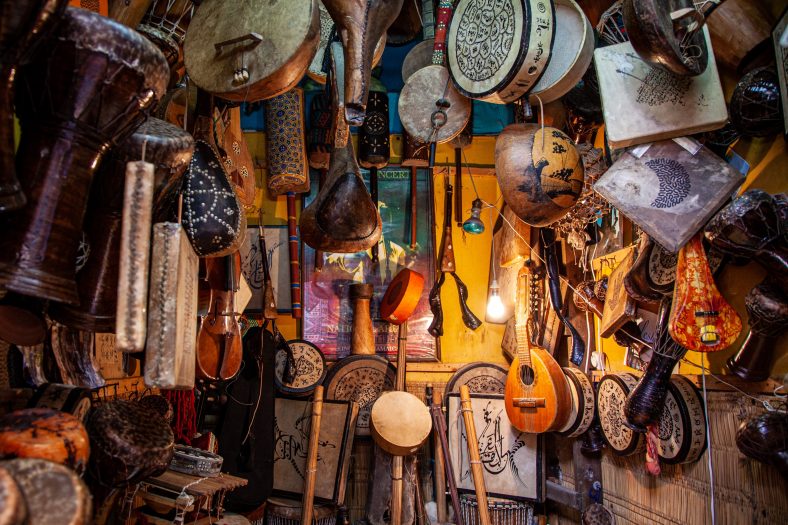In today’s digital age, having an engaging website is crucial for businesses and individuals alike. Whether you’re a music-minded individual or a business in the music industry, incorporating a musical flair into your Website Design In Phoenix, Arizona can help you stand out and create a memorable online presence. However, it’s essential to strike the right balance between visuals and audio to ensure an optimal user experience. In this article, we’ll explore some tips on how to achieve this balance and create a website design with a musical flair that captivates your audience.
- Start with a compelling visual design: When designing a website with a musical flair, begin by creating a visually appealing layout that reflects the essence of music. Choose a color scheme that complements the mood you want to convey. For example, vibrant and energetic colors can work well for a rock band’s website, while soothing and calming tones may be more suitable for a classical musician’s portfolio.
- Incorporate relevant imagery: Images can play a significant role in enhancing the musical atmosphere of your website. Integrate high-quality photographs that relate to the music genre or the purpose of your site. Use images of musicians, instruments, concert venues, or music-related symbols to create a visual connection with your visitors.
- Seamless audio integration: To truly embrace a musical flair, audio elements are a must. However, it’s crucial to be mindful of your visitors’ preferences and avoid overwhelming them with auto-playing music. Instead, provide an option for users to control the audio themselves. Incorporate audio players or widgets that allow visitors to listen to samples of your music or explore your music catalog while navigating through the website.
- Create an audio-visual harmony: When adding audio to your website, consider the overall user experience. Ensure that the audio complements the visuals and enhances the message you want to convey. For example, if you’re promoting an upcoming concert, feature a background image of the venue and provide a sample of the music that will be played during the event. This way, users can visualize the atmosphere while immersing themselves in the music.
- Optimize for speed and mobile devices: While designing a website with a musical flair, it’s vital to prioritize performance and mobile compatibility. Optimize your audio files to reduce loading times and ensure they don’t hinder the overall speed of your website. Additionally, test your website across various devices and screen sizes to guarantee a seamless experience for mobile users, who form a significant portion of your audience.
- Enhance user engagement: Music has the power to evoke emotions and create a connection with your audience. Leverage this potential by incorporating interactive elements into your website design. For instance, you can include a section where visitors can leave comments or reviews about your music, share their favorite tracks on social media, or participate in polls or quizzes related to music. This will encourage user engagement and foster a sense of community.
- Keep it user-friendly: While the musical elements of your website are essential, don’t overlook the fundamental principles of user-friendly design. Ensure your website is easy to navigate, with clear menus and intuitive functionality. Make sure all your content, including music samples and descriptions, is accessible and well-organized. Remember, a user-friendly website will enhance the overall experience and keep visitors coming back for more.
Incorporating a musical flair into your website design can be a powerful tool for businesses and music-minded individuals to create an engaging online presence. This being said, don’t assume you need to be in the music industry to utilize this tip. Work with an SEO agency in Phoenix to optimize your website!
Read More : How To Choose the Best Golf Bags?




